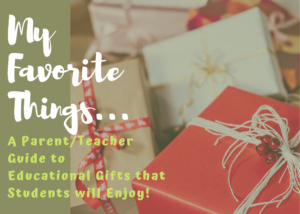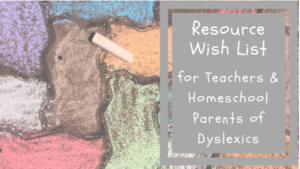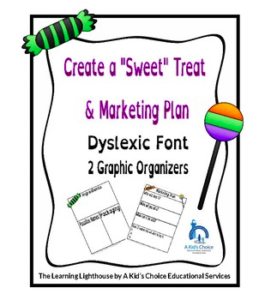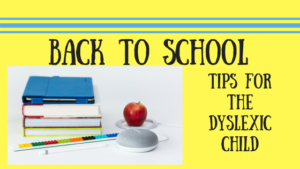
Livescribe pens and fraction bars,
and lots of egg cartons,
Plastic Easter eggs,
and over-sized spiders found in the bin for a bargin-
Bright tubs of Play-doh,
Chromebook lights that are always blinking-
These are a few of my favorite things…
Colorful overlays in all shapes and sizes,
Earbuds for reading audible books from Kindle devices-
Hearing The Liberty Kids theme song
that we all love to sing-
These are a few of my favorite things….
When the story ends-
When the battery drains-
When I’m feeling sad—-
I simply remember my favorite things…
and then I don’t feel so bad!!!
There are so many “favorite things” that make learning fun! These are just a few of the items that can be used to enhance the learning of dyslexic students or any student. Some ideas for using these materials at home or in the classroom are listed below.
Why not add these goodies to your classroom wishlist? If you are a parent searching for unique educational gifts, look no more! Wouldn’t it be SUPER EASY to grab a few Christmas gifts using the links provided below? You can make a dent in your ever-growing list while getting a jump-start on Cyber Monday! What are you waiting for?
We wish you and your family a bright and Merry Christmas!
Suggested gifts and descriptions are listed below. Simply click the pictured item, then add to your Amazon cart. Shopping made simple!
Livescribe pen– This super cool pen does almost everything! It records everything you write so you can replay and organize your notes. Even better, it will convert your handwrittten notes (when written in Lifescribe notebook) into digital text with amazing accuracy.
Fraction bars– These colorful tiles are great manipulatives for working with fractions. They allow students to compare fractions with unlike denominators and determine equivalent fractions. These are a must-have for number sense.
Plastic Easter Eggs– Use these left-over unbreakable eggs to fill empty egg cartons. It makes a great visual for recalling 2 x 6= 12, or a dozen. When teaching fractions, the eggs are a great example of a “set”.
Plastic Spiders– Spiders are excellent manipulatives for so many reasons! Use as a visual when working on the 8 multiplication family or use when working with fractions. Spiders are handy for hands-on learning!
Play-doh– Who doesn’t love playing with Play-Doh? It can easily be used to make a map come alive, as math manipulatives, or in Science diaromas. Kids love to squash balls of Play-Doh when sounding out words.
Chromebooks- Where do you start? This techology will assist students with so many tasks. A variety of apps are available. For example, apps to help with executive function is a much-needed tool for students and adults.
Colored Overlays– Many students use colored overlays to aid them when reading.
Earbuds– Who doesn’t love wireless ear buds? Use them when listening to audible books on your Kindle.
Kindle– Encourage your student to read with the Kindle Fire. Download audible library books or subscribe to audible.com.
Liberty’s Kids– This animated video series engages kids of every age and introduces them to American History. Featuring the voice of Walter Cronkite as Benjamin Franklin, students will learn of the hardships, dedication, and grit required to form a new nation. Guest voices provided by legends such as Annette Bening, Dustin Hoffman, Michael Douglas, Arnold Schwarzenegger, Sylvester Stallone, Whoopi Goldberg, Billy Crystal, Ben Stiller and Liam Neeson. This item is certain to be shared by Americans young and old.
Merry Christmas!!!
















